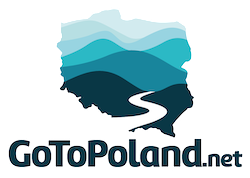
Olsztynek. A visit to the open-air Museum

I am always charmed by the richness of Polish villages. However, it is not about wealth, but about the richness of colors, sounds, forms and traditions. I can appreciate the old generations, their customs, living in harmony with nature, care for the possessions of life. Now most people are chasing money, often not looking at human harm.
Only 27 km from Olsztyn - the capital of the Warmińsko-Mazurskie Voivodeship - you can feel the old Polish countryside. Just like in Sierpc, there is also a great open-air museum in Olsztynek, where you can forget about the worries of day life and spend the whole day with your family in the bosom of nature. The official name of the open-air museum is the Museum of Folk Architecture - Ethnographic Park.
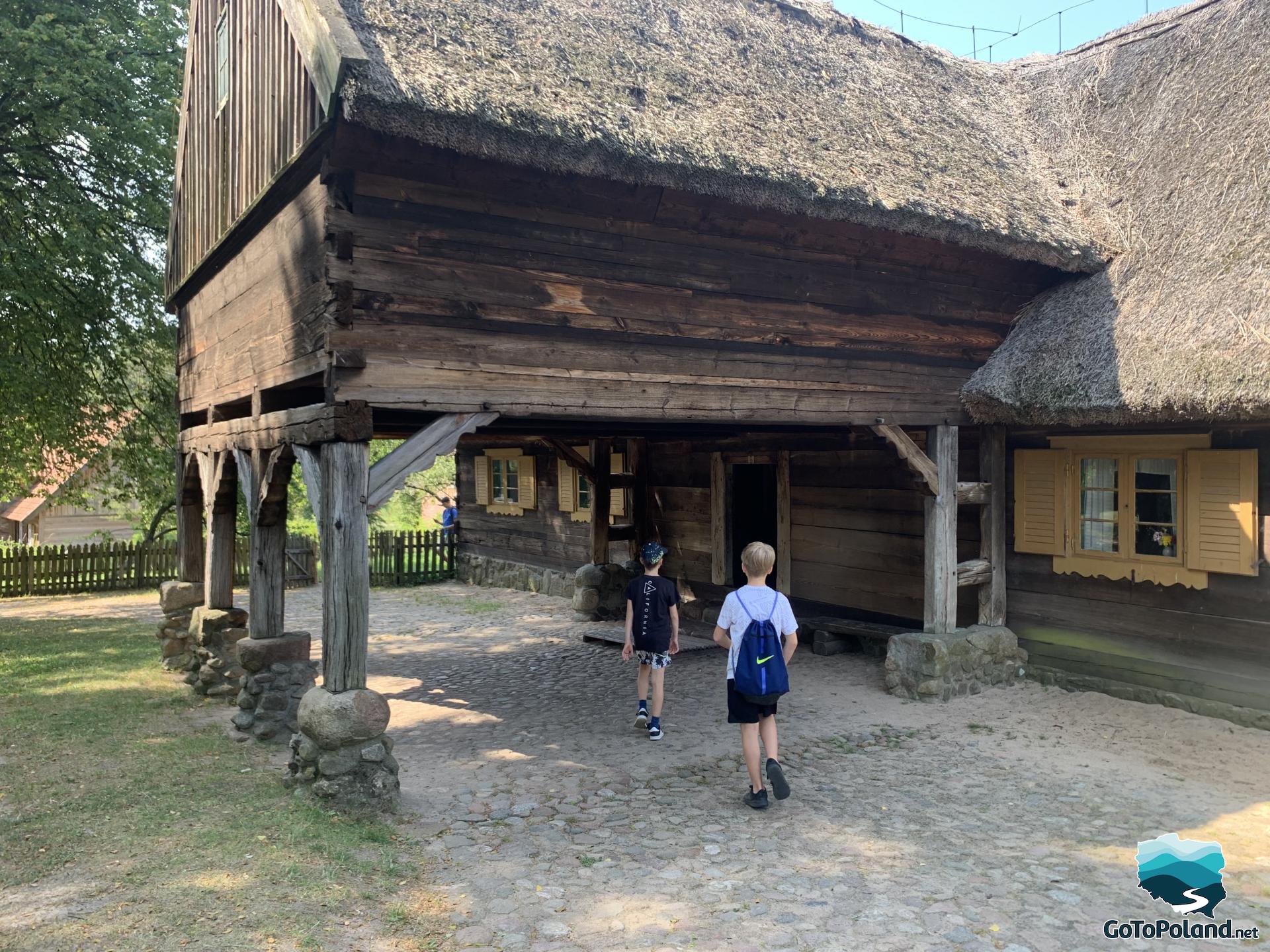
Among the museum objects there are cottages from Powiśle, Warmia, Masuria, Sambia and Little Lithuania. The interiors of peasant huts are available for tourists. Inside you will see for example small beds, bouquets of dried flowers and herbs, tables and traditional chairs, former kitchen appliances and even woven tablecloths. On the vast area there are also windmills, a mill driven by a water wheel, domestic animals, charming little churches, inns, a stable, barns, dovecote, hunting pulpit, an oil mill, a smithy and a number of other rural buildings. In total, there are several dozen objects from the 18th, 19th and 20th centuries.
Almost every year, I spend my holidays in Olsztyn in August. And each year on August 15, I go with my family to the open-air museum in Olsztynek. It is on this day that the Regional Festival of Herbs takes place. The event refers to the folk tradition of blessing herbs, flowers and cereals, promotes the use of herbs in traditional medicine, cosmetics and cooking. It is an extremely colorful and aromatic festival. There are many attractions for kids: performances, games, health paths, oil pressing shows like in the old days and many more. You can buy so many different things there: homemade bread, sausages, bacon, different types of cheeses, jars of honey, marmalades, spices, wooden kitchen tools, flower wreaths, bouquets of dried flowers and herbs, herbal soaps, oils and even pine and raspberry juices or sea buckthorn, clothes and many other unique items. For me it is a real paradise - I always buy a lot of healthy food, juices and spices there. I don't go back home without few jars of delicious and aromatic honey :)
More information on official website https://muzeumolsztynek.pl/en/about-the-museum/
Museum of Folk Architecture – Ethnographic Park in Olsztynek opening hours
The museum is open every day from 09:00 a.m. to 5:00 p.m.
Museum of Folk Architecture – Ethnographic Park in Olsztynek ticket prices
Ticket type and its price
Normal ticket - PLN 25.00
Reduced ticket - PLN 15.00
Family ticket (2 adults + 2 children under 16) - PLN 60.00
Children under 7 years - free admission
Guide in Polish (groups of up to 20 people including guardians) - PLN 200.00
The Sympathic Museum pass (for 5 entries) - PLN 50.00
How far is it from Warsaw to the open-air Museum in Olsztynek?
The distance from Warsaw to the open-air Museum in Olsztynek is 188 km.
How far is it from Olsztyn to the open-air Museum in Olsztynek?
The distance from Olsztyn to the open-air Museum in Olsztynek is 26 km.
How far is it from Gdańsk to the open-air Museum in Olsztynek?
The distance from Gdańsk to the open-air Museum in Olsztynek is 158 km.
I invite you to see my photos. Enjoy!
It looks so amazing….. like in a Tolkien's World
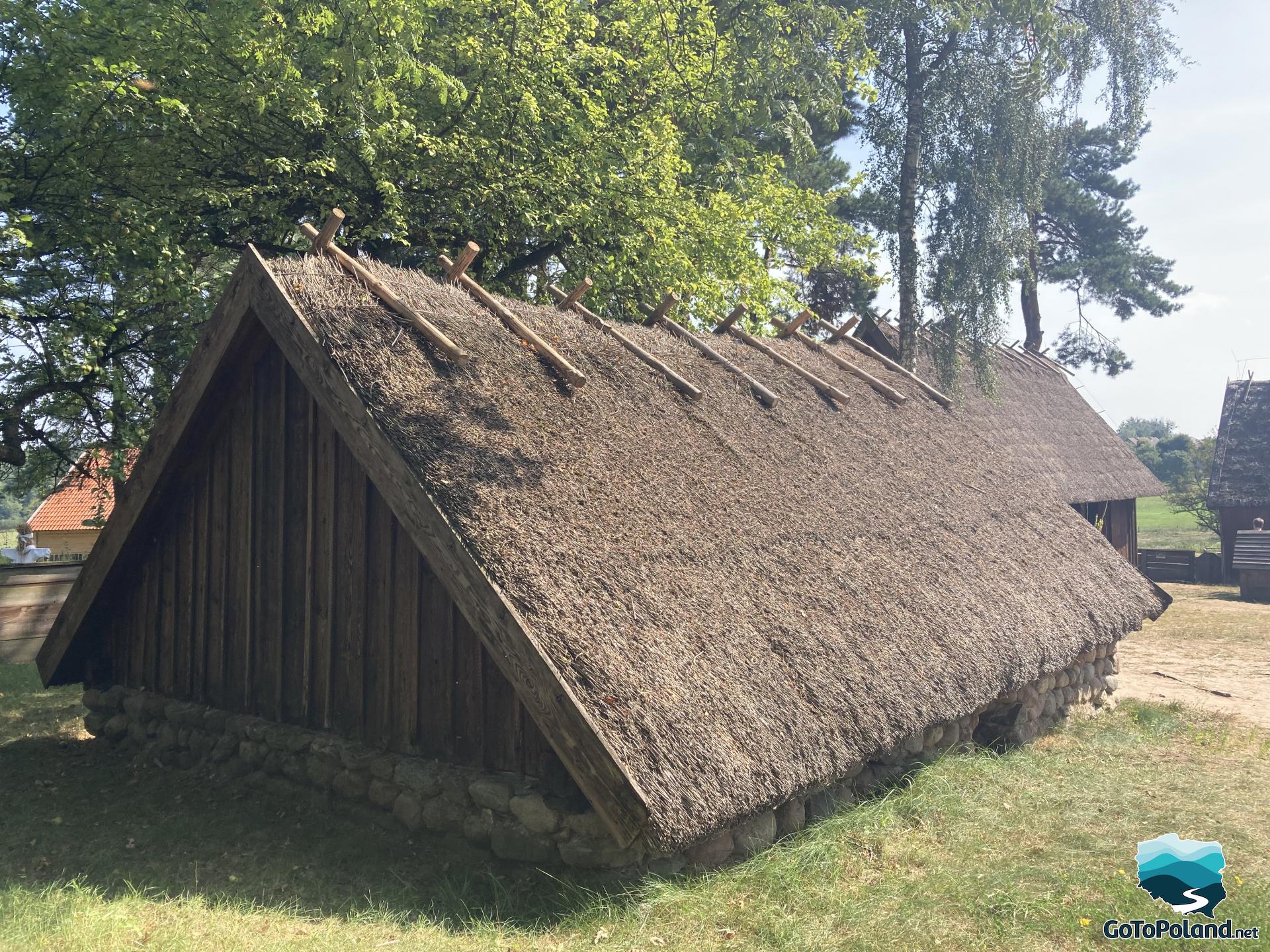
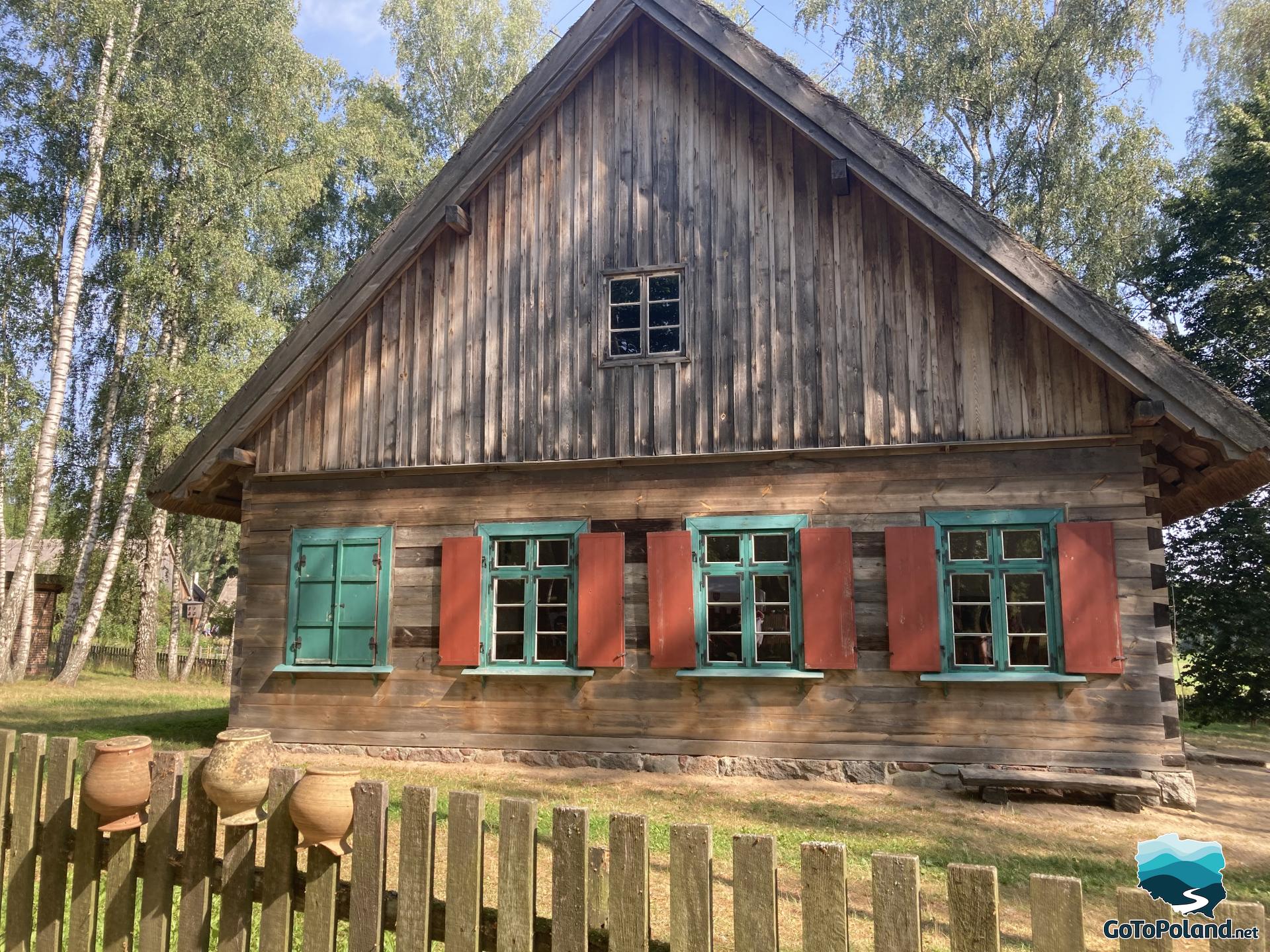


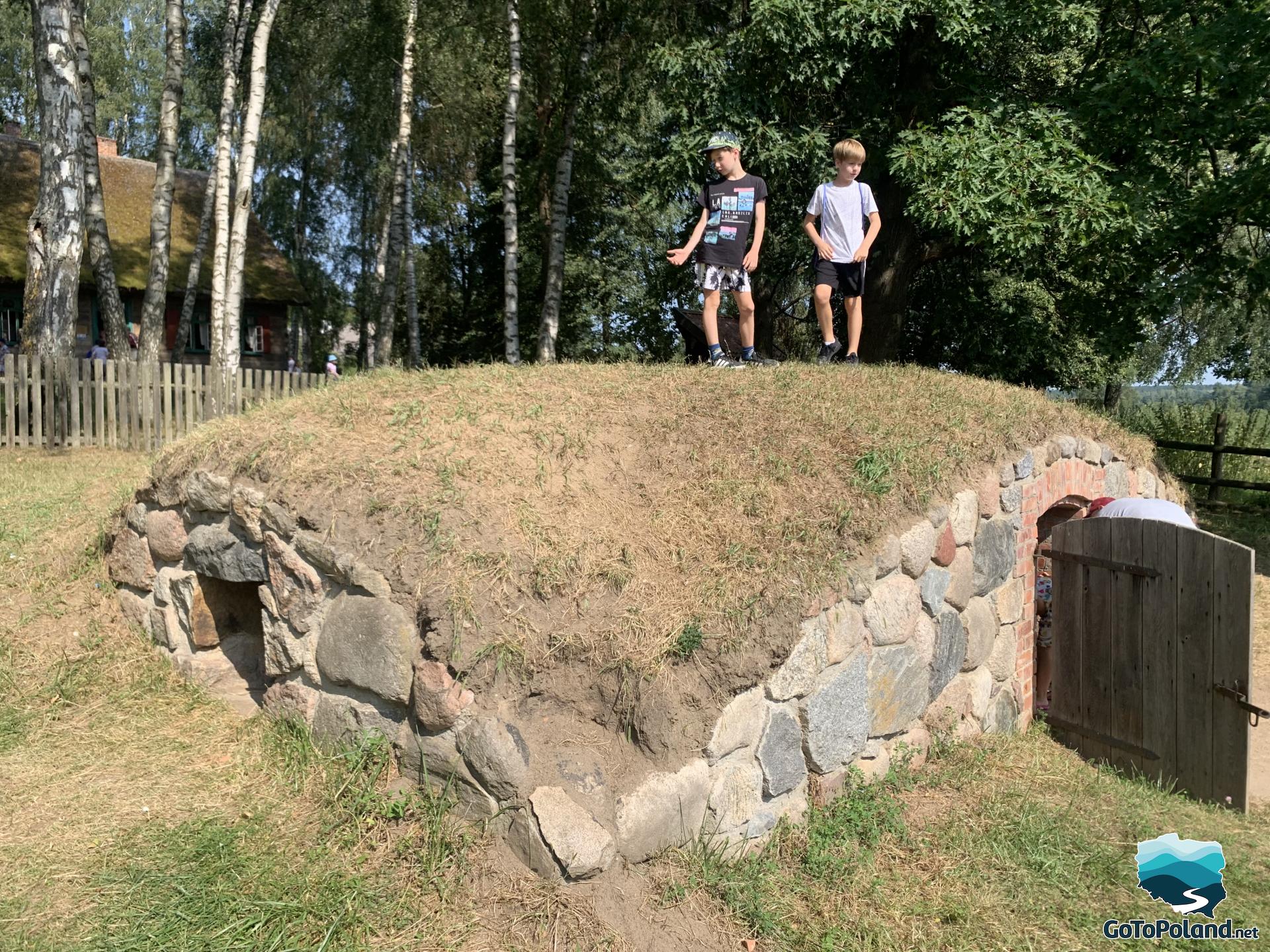
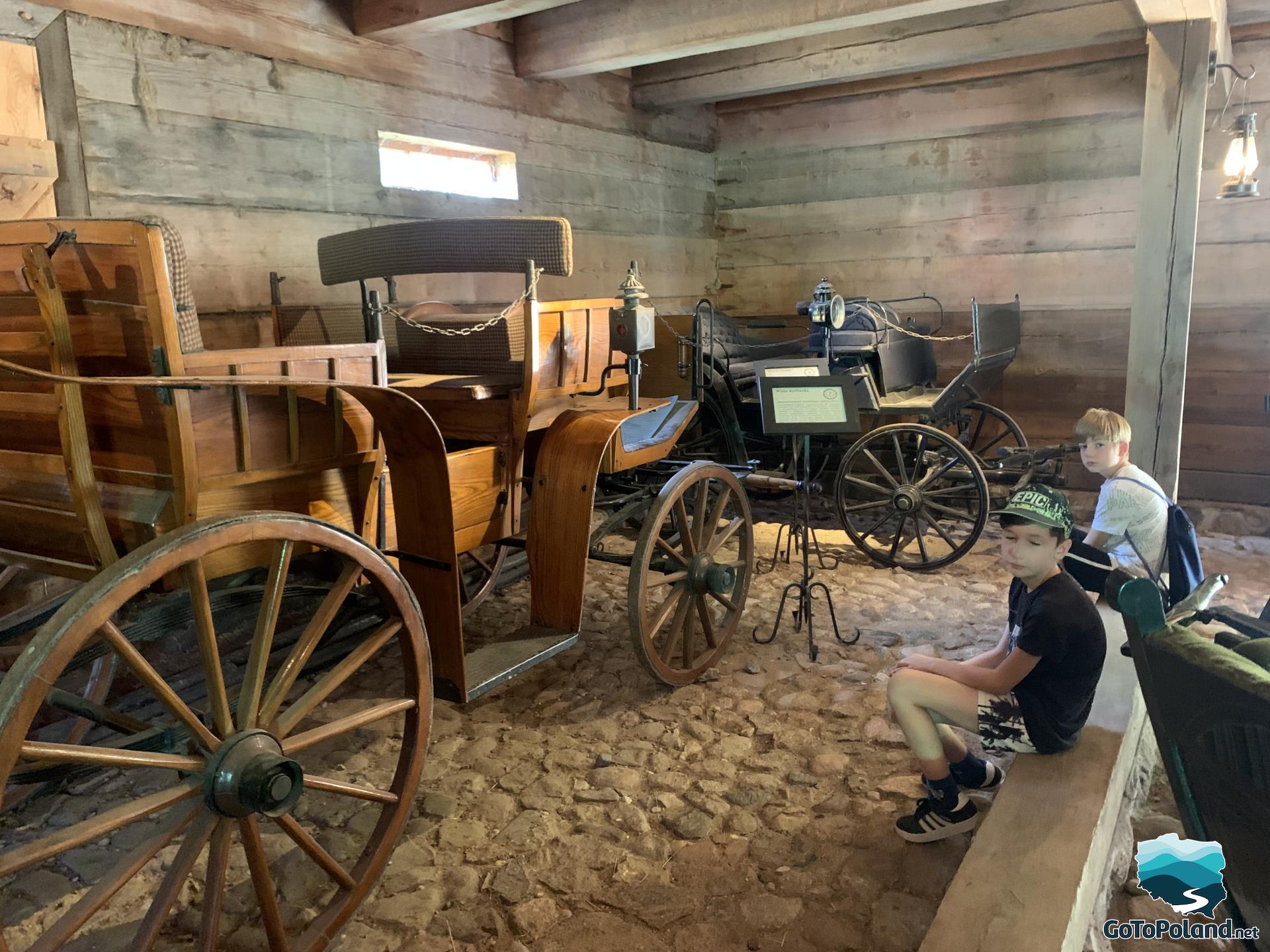
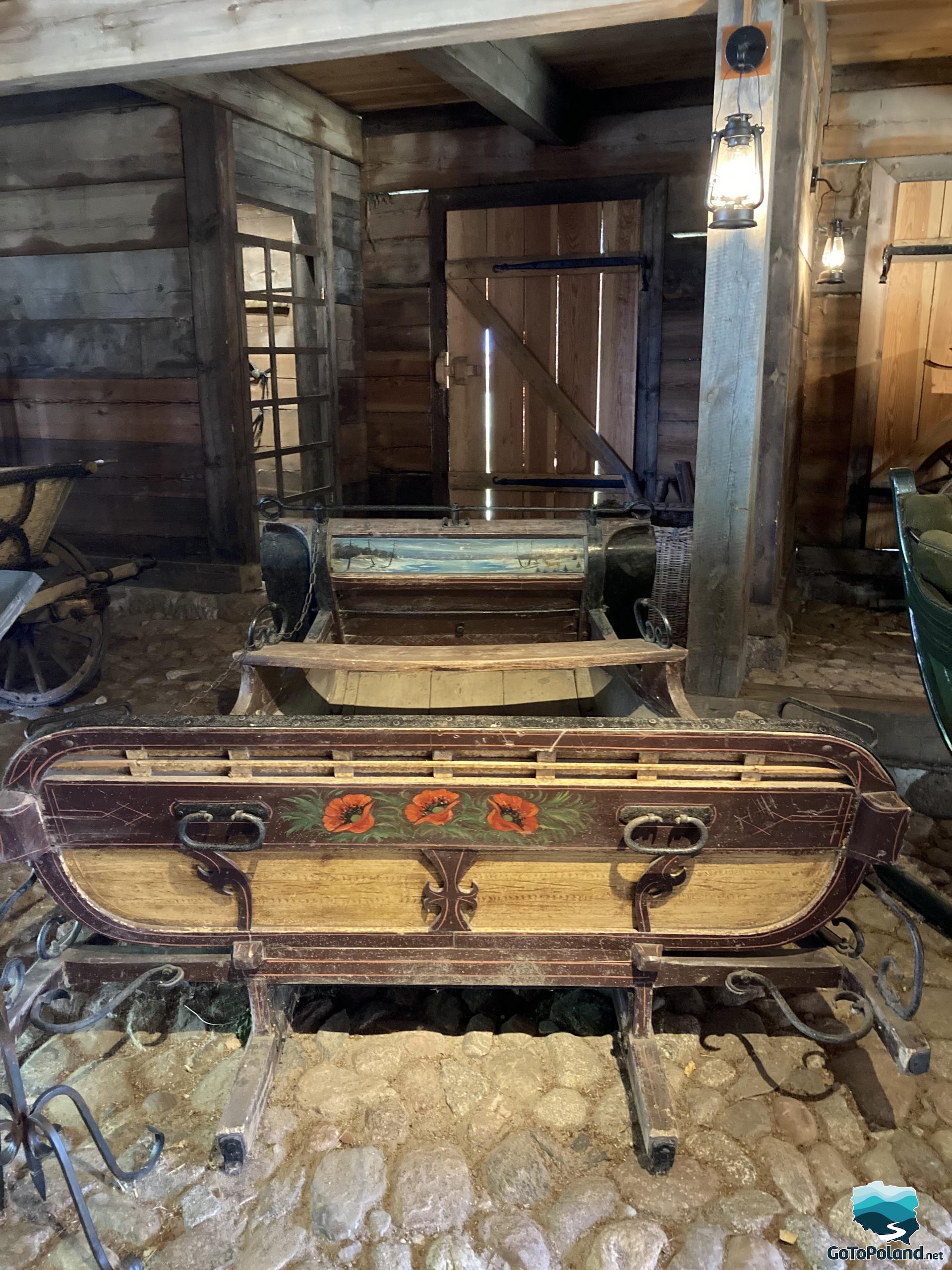
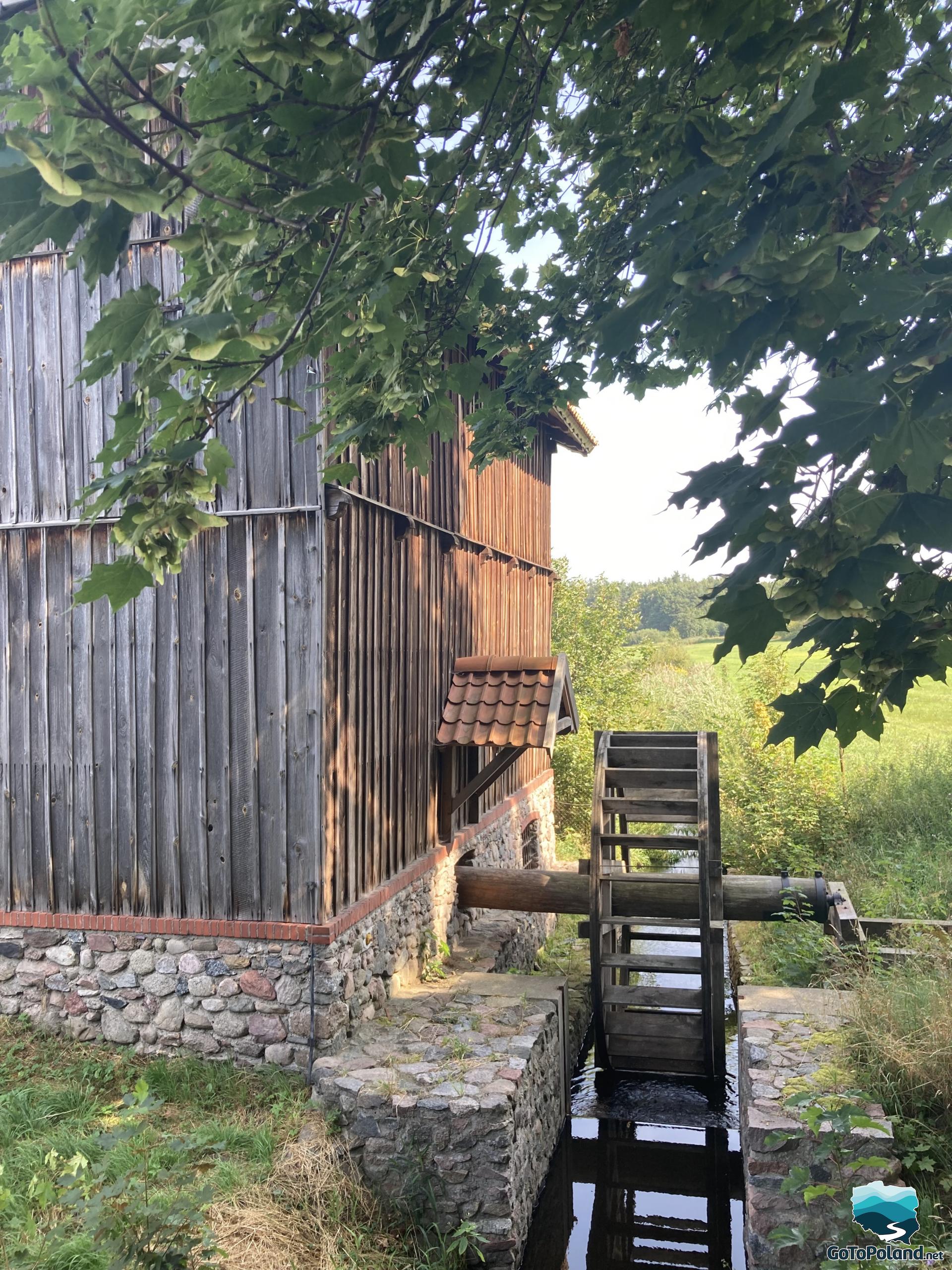
Here is a wooden belfry and on the right a fragment of the church from Rychnowo. The church is a replica from 1714.

The church is tiny as you can see :)
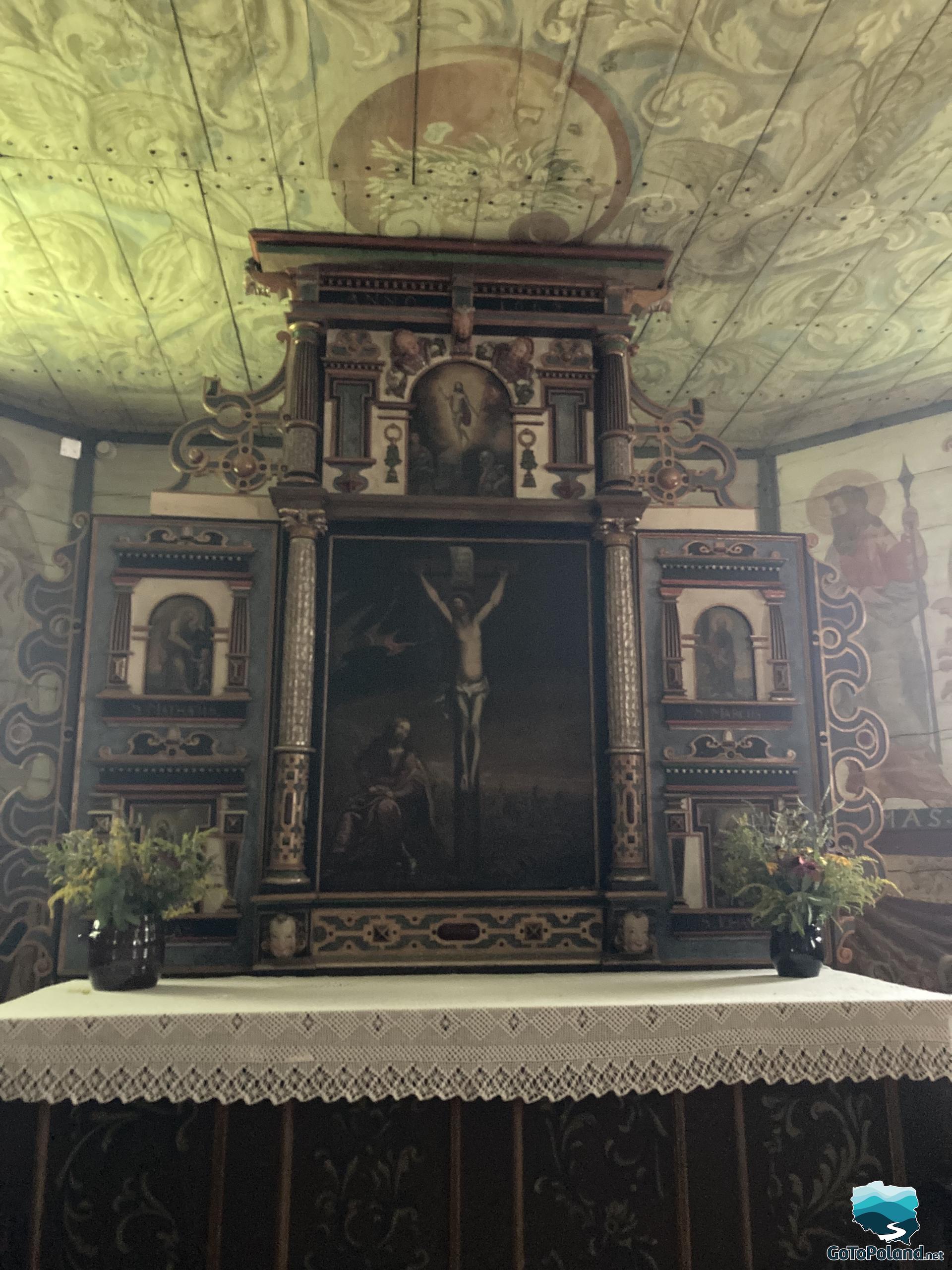 | 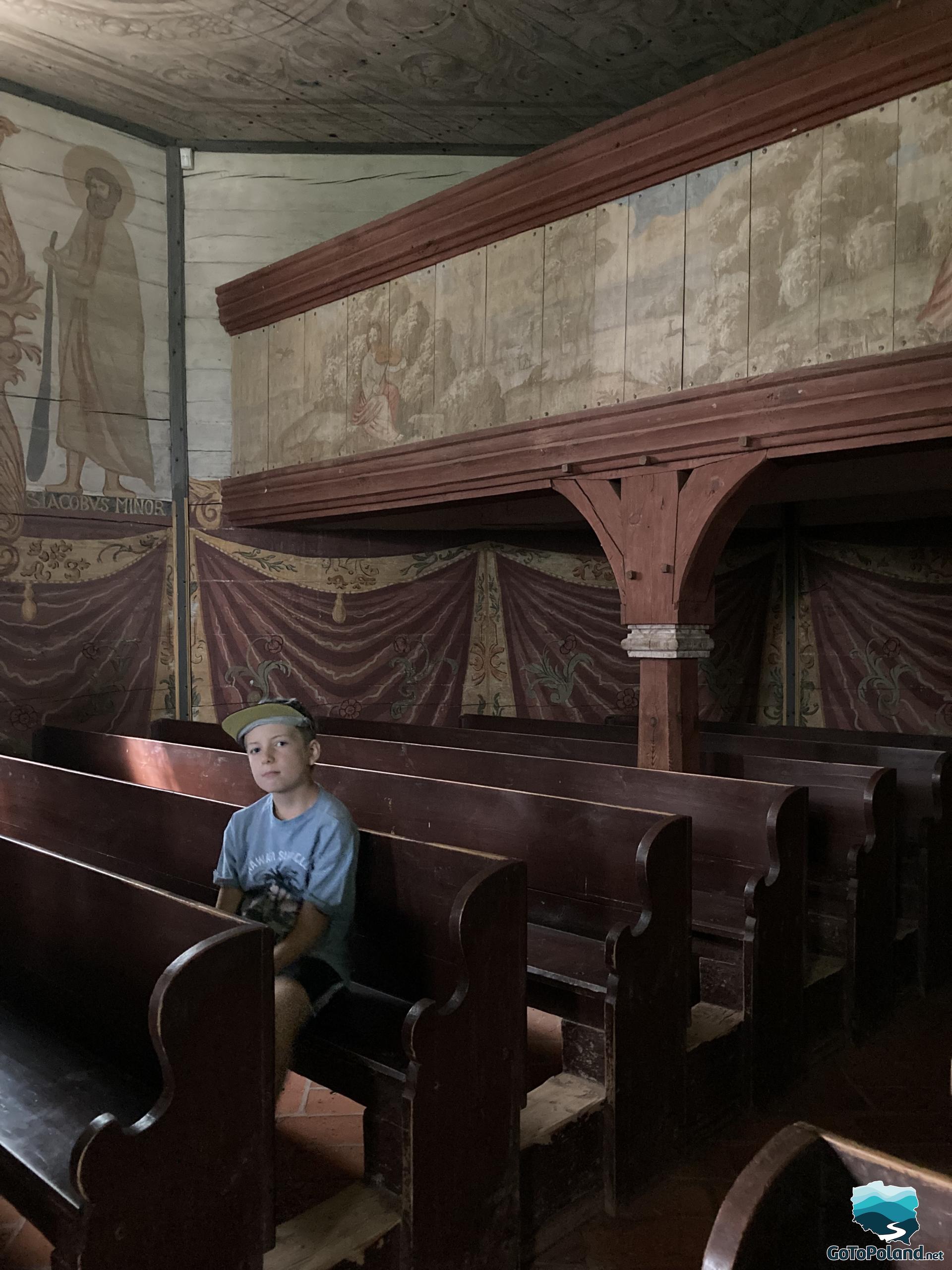 |
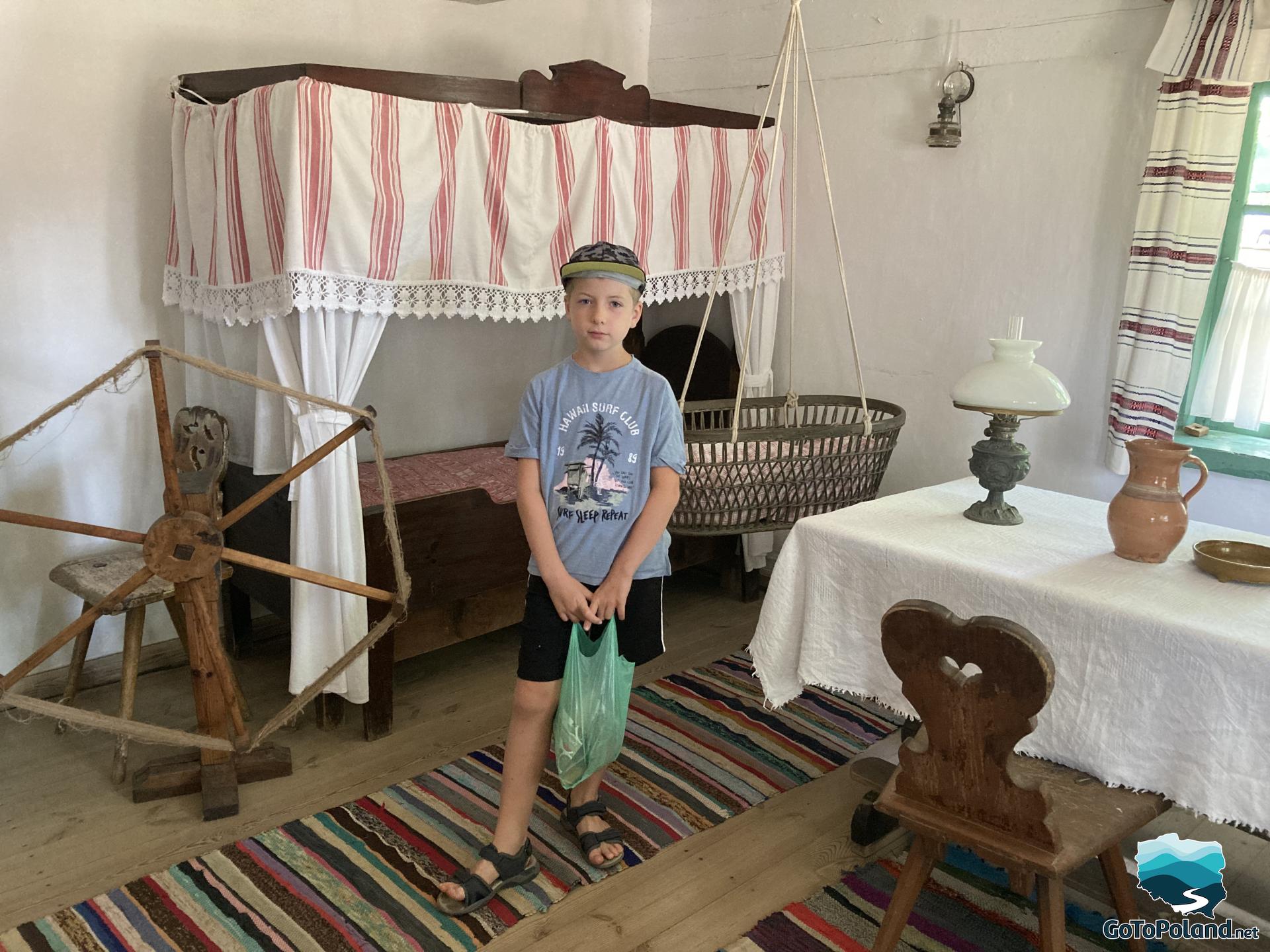
For me it is important to show my children how their ancestors organized the day (without Internet and mobile phones) and in what conditions they lived.


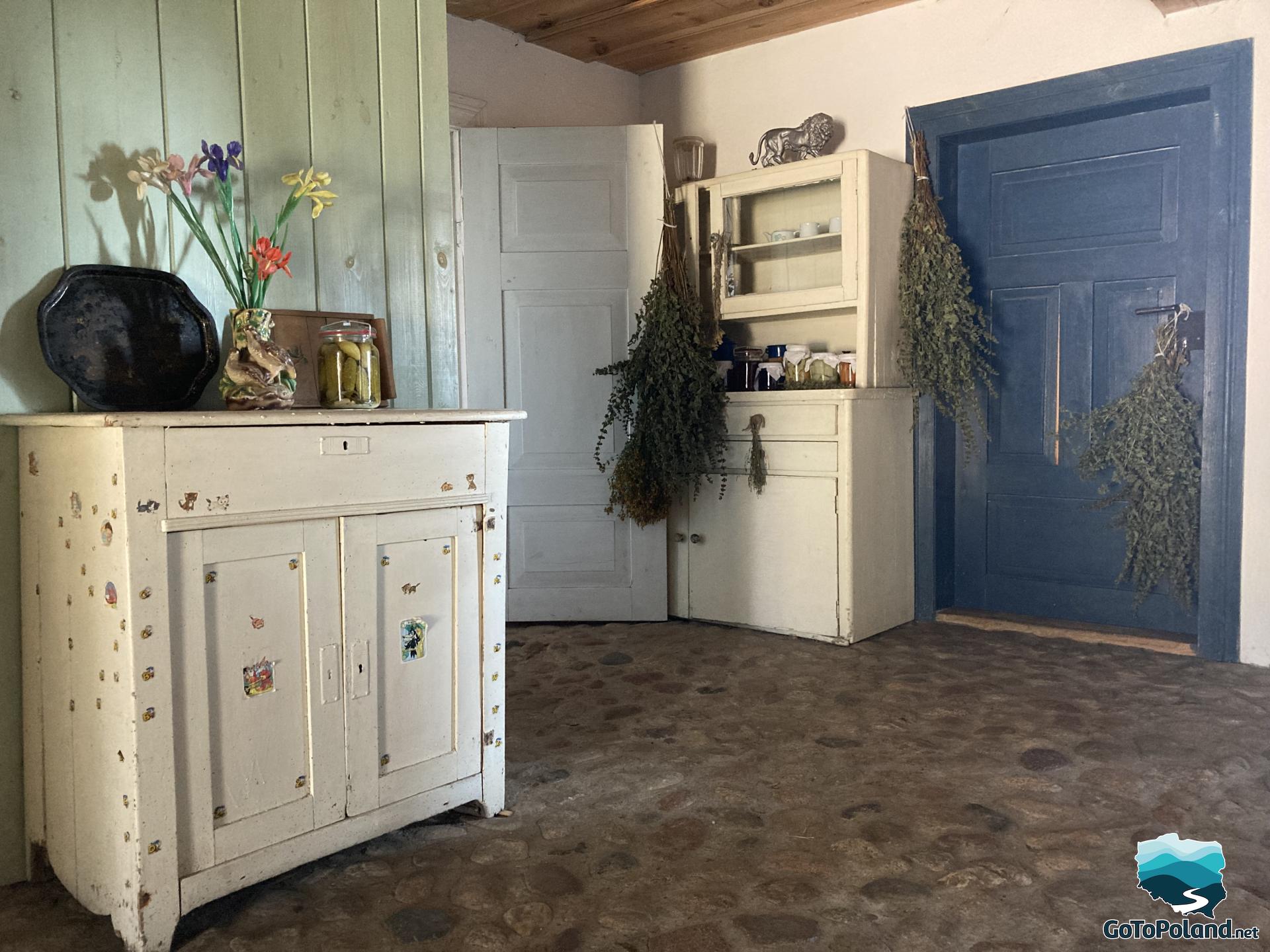
Squeezing fresh oil from linen or a demonstration of pottery making is a real treat for urban children.


Behind me, there are windmills. Closer, there is the "paltrak" windmill from the village of Ruska Wieś (original building from the second half of the 19th century) and farther is the "koźlak" windmill from the village of Wodziany (original building from 1773).
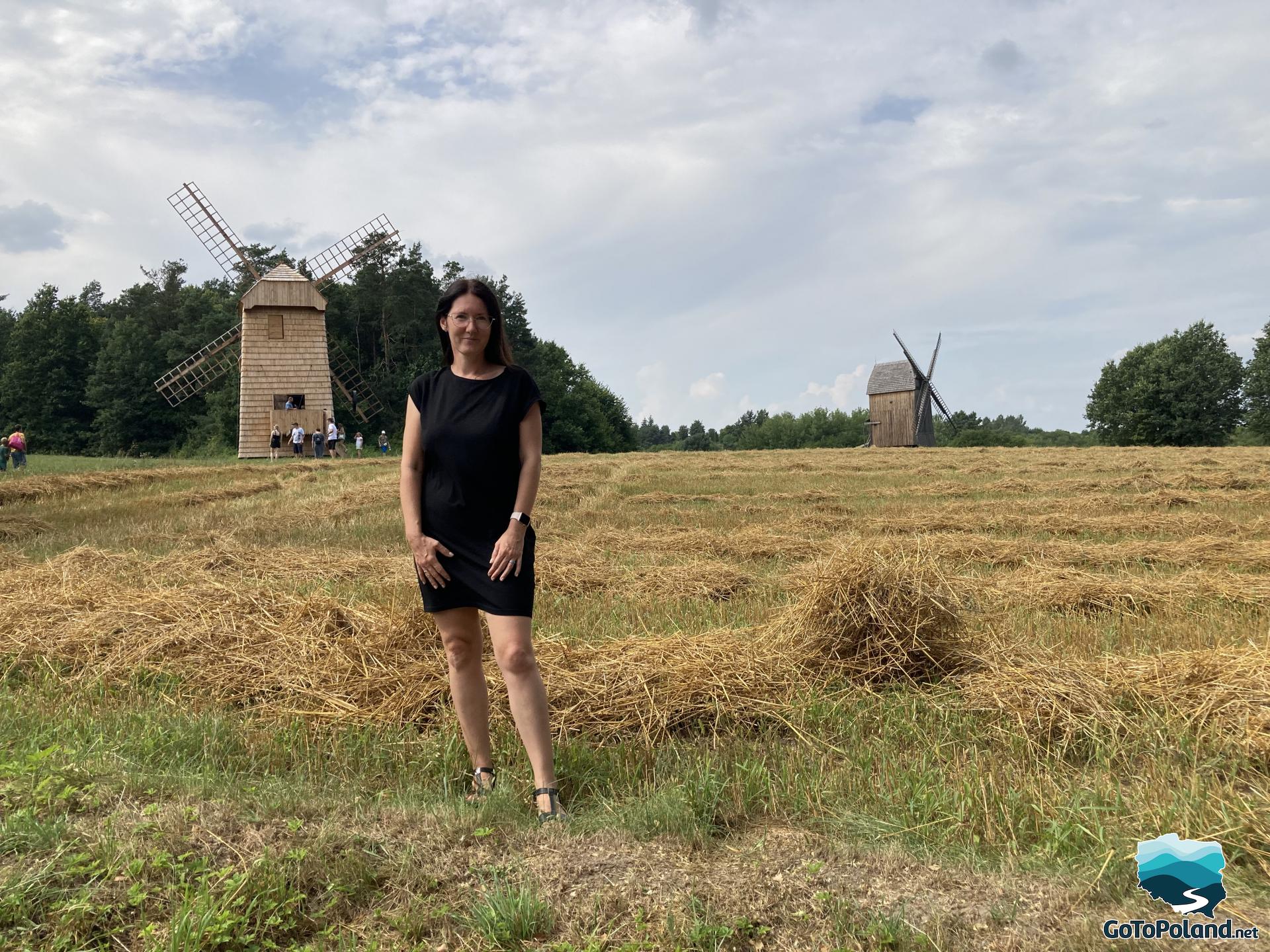

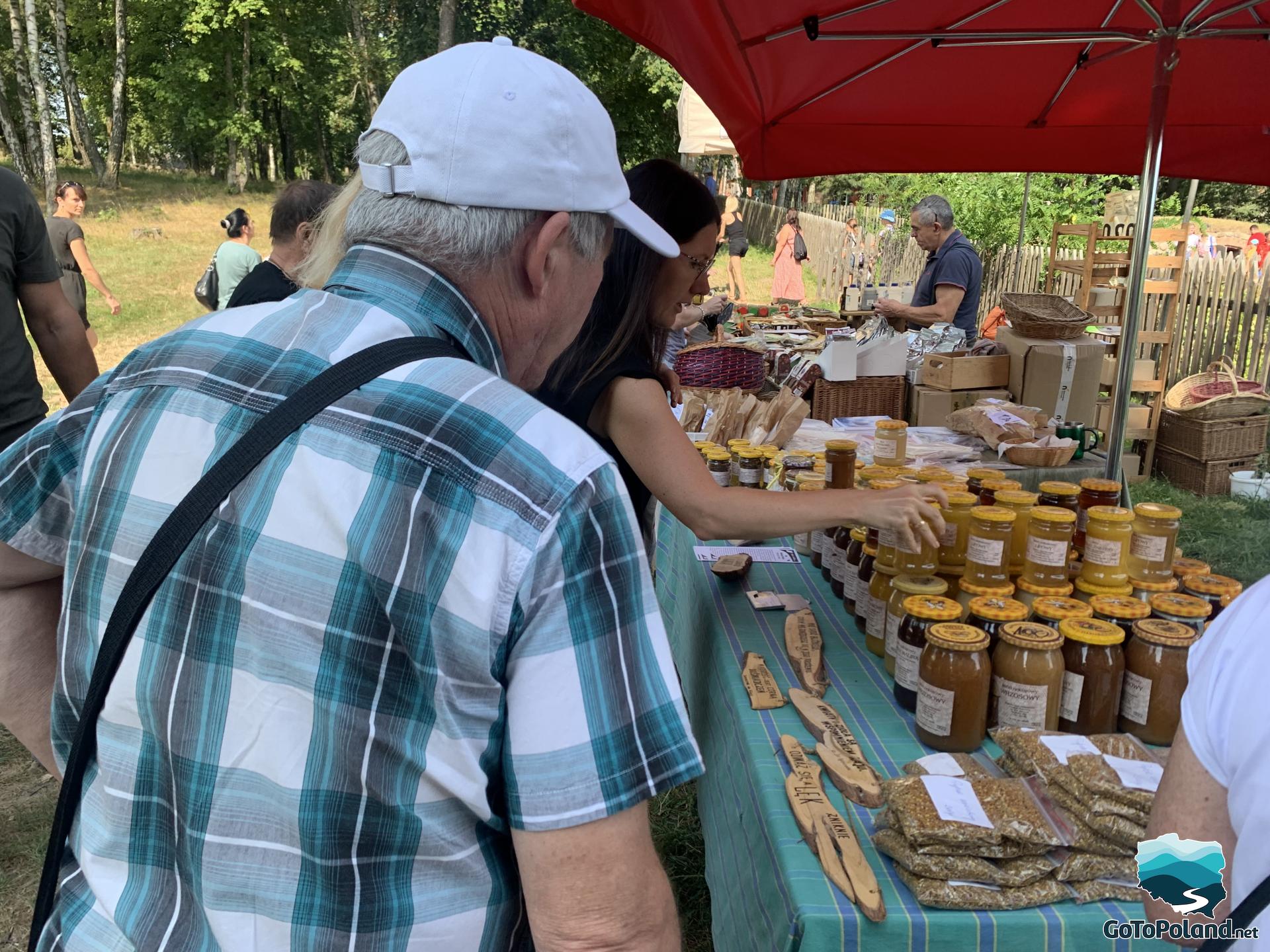
How to get to Ethnographic Park in Olsztynek?
